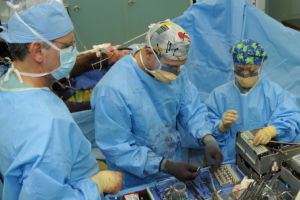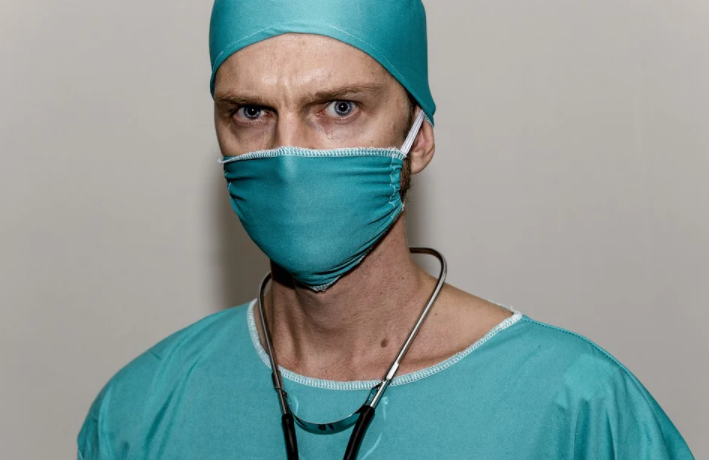Doctor burnout has become not only a major medical disaster but also a public health disaster. You can read more about this fact at https://www.sciencesetavenir.fr/sante/les-jeunes-medecins-mal-prepares-a-l-exigence-emotionnelle-de-leur-metier_113824. Most physicians enter the medical field because they genuinely want to make a difference in the lives of the patients they serve, despite the long hours and absence of family and close friends. The wonderful thing is that physician burnout can be prevented or reversed. Here are the five stages to tackle doctor burnout.

Pre-Contemplation
It is believed that people at this point do not recognize that they are struggling. They also can’t find the information they need about their current situation, so they remain in the dark and don’t ask for help. They are left to heal on their own without guidance or someone to hold them accountable. Therefore, they are left without guidance at this point. Organizations may even get stuck at this stage if they continue to dismiss this tragedy.
At this point, organizations need to do a much better job of ensuring they identify physicians who may be experiencing burnout to help them move from this point to a point where change can occur. They also need to determine precisely what should change from a procedural standpoint to make physicians’ lives less stressful. Physicians need to be informed about the signs of burnout to take the necessary steps to seek help.
Contemplation
 People at this stage are likely to develop change early. They are aware of the current situation and realize that a change is likely to be positive. On the other hand, they are also more likely to feel insecure about seeking change or help. This often leads to conflict and causes some organizations and individuals to remain in this stage for long periods. What gets a person into this stage is often realizing that they will gain something if they change their position.
People at this stage are likely to develop change early. They are aware of the current situation and realize that a change is likely to be positive. On the other hand, they are also more likely to feel insecure about seeking change or help. This often leads to conflict and causes some organizations and individuals to remain in this stage for long periods. What gets a person into this stage is often realizing that they will gain something if they change their position.
Physicians need to recognize that working on their burnout problem with their current employer will create a better work environment, better communication with their patients, and more family time. Organizations must realize that participating in this change will result in more successful and happier physicians who, in turn, will remain loyal to their ranks and continue to improve people’s lives. Therefore, organizations must earn the trust of physicians to do exactly what is necessary to manage burnout.
Preparation
In this stage, doctors and other physicians are prepared to change themselves soon in the future. They have already had an action plan. Then, they start small. Here, institutions must have developed a strategy of activities to which their physicians are entitled, and physicians are willing to participate in the program. It is the responsibility of the organization to move the physician from contemplation to preparation.
Action
Individuals in this stage have made changes in the last six months. Individuals in this phase have taken action and have had a positive impact on their actions. Here, clinicians are implementing the program of activities developed, and institutions provide ongoing reinforcement and support to help clinicians continue to make progress.
Maintenance
In this final stage, doctors have made several changes. Furthermore, they can avoid overtraining. They are incredibly confident that they can continue their progress and strive to maintain change. We can continue to have the same conversations about burnout or take the critical steps to invest in education, research, and programs to find options.

